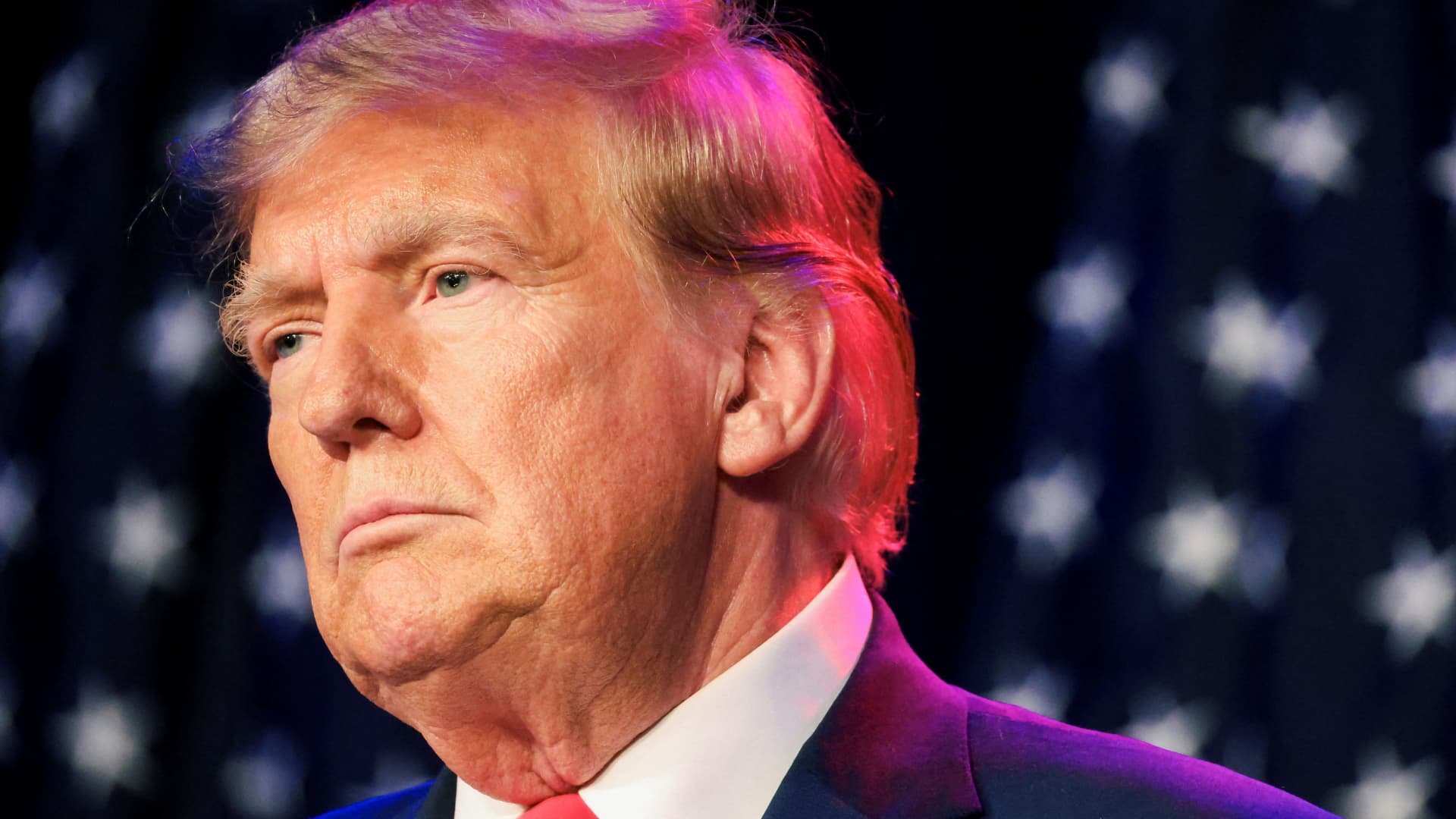
MoMo Productions | Getty Images
The U.S. Department of Education has offered most federal student loan borrowers the option of pausing their payments, without interest accruing, through September because of the financial fallout of the pandemic.
Most have accepted. In fact, just around 10% of the country’s 44 million student loan borrowers are currently repaying their loans, according to data analyzed by higher education expert Mark Kantrowitz. The rest are not.
Of course, many people who’ve taken a break from their monthly bills need to redirect the extra cash to essentials after they’ve lost jobs and income.
More from Personal Finance:
Here’s when the IRS may flag your tax return
How Social Security benefits are handled at death
Avoid these money mistakes in divorce
But for others, the payment pause offers borrowers opportunities to get on stronger financial footing. The average student loan bill is around $400 a month, Kantrowitz says.
For example, Morgan Hopkins, a director of political strategies at a national nonprofit, has paid off more than $17,000 in credit card debt during the payment pause. And that’s opened other doors for her.
“I’m able to save more, invest more in retirement,” Hopkins, 32, said. “It’s such a relief.”
Below are some smart ways to use the extra money.
1. Build up your emergency savings
Even if you’ve managed to hold on to your job until now, you don’t know what could happen over the next few months.
It’s important to have a healthy savings account to fall back on, experts say.
“More than a third of American workers have lost their jobs during the pandemic, and it isn’t over yet,” said Kantrowitz.
Try to build up at least six months’ worth of expenses in cash should you have to live through a period of unemployment, Kantrowitz said.
To get the best return on your cash, keep your money in a high-yield savings account.
Also make sure the account is FDIC-insured, meaning up to $250,000 of your deposit is protected from loss.
2. Tackle credit card debt
With interest rates on most federal student loans at zero, it’s a good time to make progress paying down more expensive debt. The average interest rate on credit cards is currently over 16%.
However, make sure you have a healthy emergency savings account before you address credit card debt, said Ted Rosman, an industry analyst at Creditcards.com.
That’s because your credit limit shouldn’t be relied on as a safety net.
“Many people had their credit card limits cut unexpectedly over the past year as lenders got especially worried about risk,” Rossman said.
But assuming you have an adequate cash cushion, knocking down credit card debt can save you a lot of money.
Rossman provided an example: If you’re carrying $5,500 in credit card debt and make only the minimum payments each month, you’ll be stuck paying for more than16 years and shell out an extra $6,072 just in interest.
If you dedicate an extra $400 per month for just the next seven months to that balance, however, it’ll trim six years off that schedule — and you’ll save $3,733 in interest by doing so.
3. Consider still paying your student loans
If you have an adequate savings account, and no credit card debt, it may make sense to continue paying down your student loans even during the break.
With interest temporarily suspended, any payments will go directly toward your debt’s principal, potentially shortening your repayment timeline.
“You could continue making payments each month by contacting your servicer, or save the money and make a lump sum payment on your highest-interest loan before interest accrues again when repayment restarts,” said Anna Helhoski, student loan expert at NerdWallet.com.
There’s a big caveat here, though: If you’re enrolled in an income-driven repayment plan or pursuing public service loan forgiveness, you don’t want to continue paying your loans.
That’s because months during the government’s payment pause still count as qualifying payments for those programs, and since they both result in forgiveness after a certain amount of time, any cash you throw at your loans during this period just reduces the amount you’ll eventually get excused.
4. Other options
Some borrowers may want to invest the extra cash. They’ll likely thank themselves later for doing so.
For example, if you invested $400 a month over the next eight months, or $3,200 in total, your investment would grow to more than $5,800 in 10 years, assuming a 6% annual rate of return.
Another possibility: If you’re financially comfortable during the pandemic and it doesn’t make sense for you to continue paying down your student loans, then donate the extra cash.
You can make sure an organization is reputable using tools like the Better Business Bureau’s Wise Giving Alliance or Charity Navigator, Helhoski said. If the charity is registered as a 501(c)(3), you’ll be eligible for a tax break too.




